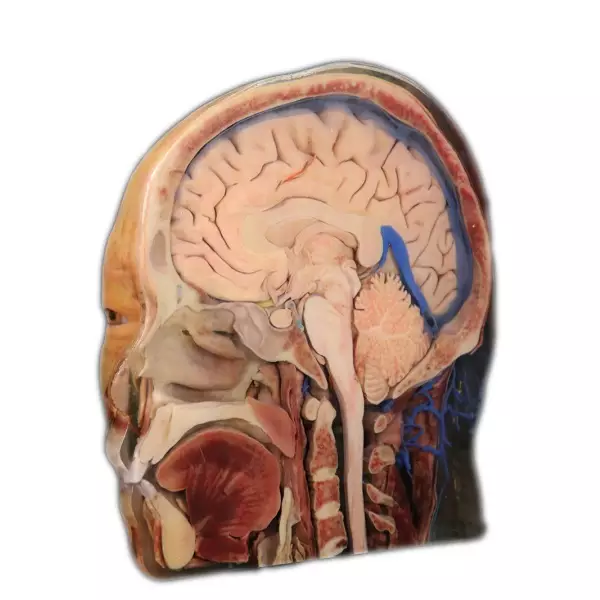As a medical professional, I understand the importance of having access to accurate and detailed study materials. One such tool that has revolutionized the field of anatomy and physiology education is the human torso model. This article aims to explore the significance of using a human torso model in medical education.
The Benefits of Using an Anatomy and Physiology Human Torso Model
Anatomy and physiology are fundamental subjects in medical education, requiring students to have a deep understanding of the human body’s structure and functions. The use of a human torso model provides several advantages in this regard.
Firstly, these models offer a three-dimensional representation of various anatomical structures within the chest, abdomen, pelvis, and neck regions. Students can visually observe organs such as the heart, lungs, liver, kidneys, intestines, etc., which enhances their understanding by providing a realistic depiction.
Secondly, these models allow for hands-on learning experiences. By manipulating removable parts or dissectible sections on the torso model, students can gain practical knowledge about organ placement and interconnections. This interactive approach fosters better retention and comprehension compared to traditional textbook-based learning methods.
Furthermore,anatomy and physiology human torso models often come with labeled structures, enabling students to familiarize themselves with correct anatomical terminology while studying different systems like cardiovascular or digestive systems.
DIGIHUMAN: Advancing Anatomical Education through Technology

In recent years,DIGIHUMAN has emerged as an innovative solution that complements traditional anatomy teaching tools like physical models. DIGIHUMAN combines advanced technology with highly detailed digital representations of anatomical structures.
With DIGIHUMAN, students can explore the human body in a virtual environment, allowing for an immersive and interactive learning experience. This technology provides a unique opportunity to visualize complex anatomical relationships that may be difficult to grasp solely through physical models.
DIGIHUMAN also offers additional features such as cross-sectional views, 3D animations, and quizzes to test knowledge retention. These interactive elements further enhance the learning process by engaging students in active participation.
Click what is a digihuman.
What is a Digihuman?
A Digihuman is essentially a digital representation of the human body that allows users to navigate through various anatomical structures using computer software or applications. It combines high-resolution images with detailed descriptions and interactive features to provide an in-depth understanding of human anatomy and physiology.
This technology has revolutionized medical education by offering flexibility, accessibility, and interactivity. Students can access Digihumans from anywhere at any time, making it convenient for self-paced learning or remote education programs.
In Conclusion
The use of anatomy and physiology human torso models along with innovative technologies like DIGIHUMAN has significantly enhanced medical education. These tools provide comprehensive study materials that aid in visualizing complex anatomical structures while promoting hands-on learning experiences. Whether utilizing physical models or digital representations, incorporating these resources into medical curricula ensures better comprehension and prepares future healthcare professionals for their roles effectively.

